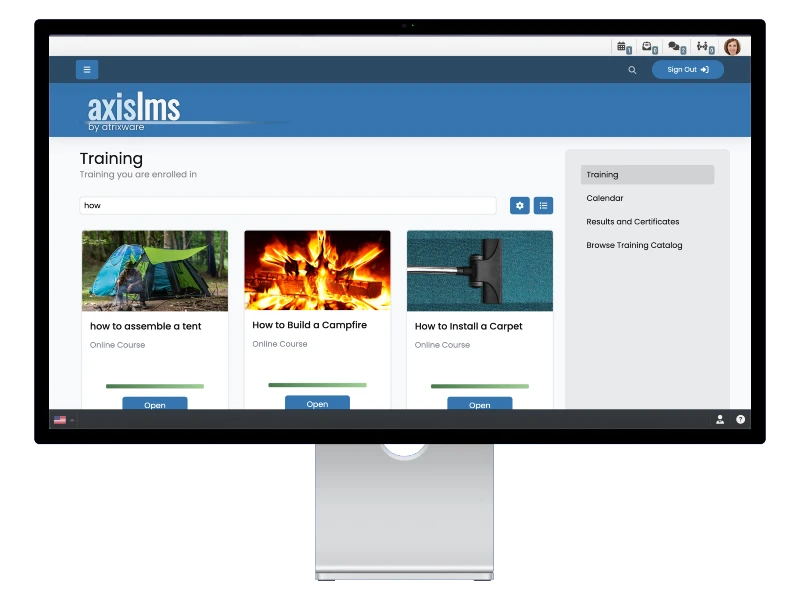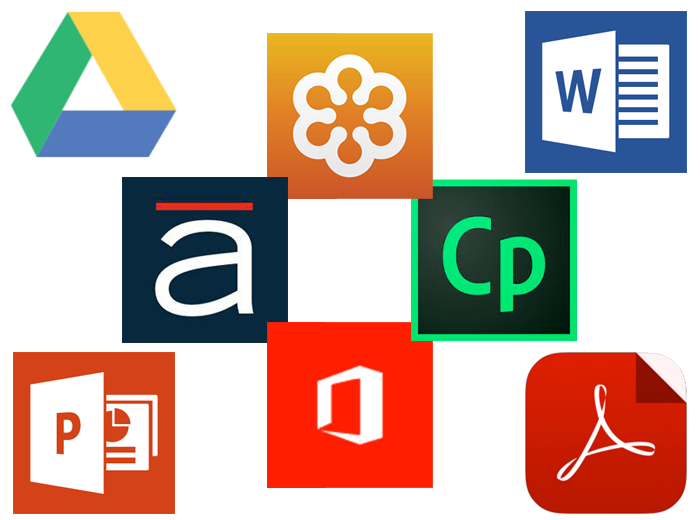In today’s fast-moving, distraction-packed world, traditional training methods are losing the battle for attention. Long courses and dense modules may still have their place—but they don’t always match the way we actually work or learn anymore. That’s where microlearning comes in: a modern, flexible approach built for busy people, short attention spans, and real-world learning needs.
Microlearning delivers content in short, focused bursts—easy to consume, easy to revisit, and surprisingly effective. Whether it’s a three-minute video, a quick how-to guide, or a one-question quiz, microlearning helps learners stay engaged without feeling overwhelmed. And as more organizations look to make learning more accessible, flexible, and results-driven, microlearning has gone from “nice to have” to “must-have.” But what exactly is it? And how can you make sure your LMS is equipped to support it? Let’s break it down.
What Is Microlearning (and What It Isn’t)
At its core, microlearning is about delivering training content in short, focused bursts. Rather than asking learners to sit through lengthy courses or full-day workshops, microlearning breaks topics into easily digestible pieces—typically just 3 to 10 minutes long. These quick lessons are often built around a single concept, a specific question, or a key skill that needs reinforcement. The goal is clarity and retention, not cramming. Whether it’s a short video explaining a new tool, a quick quiz to reinforce safety procedures, or a flashcard set on product features, the common thread is purposeful brevity. It’s content designed for speed, relevance, and immediate application.
Microlearning can take many forms—snackable videos, interactive quizzes, infographic summaries, or podcast snippets—but what unites them is how intentionally they’re crafted. This isn’t just about making something short; it’s about making something focused. It’s easy to confuse “micro” with “minimal effort,” but true microlearning is more strategic than it looks. It takes planning to identify exactly what the learner needs to know, how to deliver it effectively, and when it will be most useful. Good microlearning doesn’t waste time—it respects it.

That’s why it’s important to understand what microlearning isn’t. Shrinking a 45-minute webinar into 10 minutes without rethinking its structure or slapping a slideshow online and calling it a module doesn’t make the cut. Microlearning isn’t a shortcut—it’s a design choice. The best examples follow a “one idea, one outcome” approach, where each piece is self-contained and actionable. When done right, microlearning aligns beautifully with how people learn today: in the flow of work, on the go, and on-demand.
Why Microlearning Works
Microlearning isn’t just a buzzword—it’s rooted in cognitive science and built for how modern teams actually work. As attention spans shrink and the pace of business accelerates, delivering training in short, targeted bursts isn’t just convenient—it’s significantly more effective. Research backs this up, and forward-thinking organizations are seeing measurable gains.
For example, a study from a German university found that learners who received information in smaller chunks performed 20% better on assessments and completed tasks 28% faster than those who sat through longer, uninterrupted sessions. Similarly, findings published in the Journal of Workplace Learning showed that companies using microlearning methods can boost retention rates by as much as 80% compared to traditional training approaches.
But beyond the numbers, microlearning brings real-world benefits that make it a win for both learners and L&D teams:
- Learners pay attention – Bite-sized content is easier to commit to and complete.
- Knowledge sticks – Focusing on one idea at a time improves memory and understanding.
- It meets people where they are – Employees can access learning anytime, on any device.
- Quicker to create, easier to update – Microlearning modules are agile and adaptable.
- Fits the flow of work – Encourages just-in-time learning and long-term development.
In short, microlearning works because it respects learners’ time, improves knowledge retention, and aligns with how people consume content today. It’s not just more convenient—it’s more effective.
What to Look for in an LMS for Microlearning
Adopting microlearning is a smart move—but only if your learning management system (LMS) can support it effectively. Many platforms are still geared toward traditional, long-form learning experiences. To make microlearning successful, your LMS needs to do more than deliver content—it should be flexible, intuitive, and designed around how modern learners consume information. That starts with mobile accessibility. A truly microlearning-friendly LMS should offer a responsive design that works seamlessly across devices—ideally browser-based so users can train on the go without downloading extra software.

Flexibility in course design is another must-have. The platform should allow you to create modular content, where lessons are broken into independent units that don’t require a rigid, linear path. This lets learners move through material at their own pace and focus on what’s most relevant to them. Built-in authoring tools that support this modular structure can significantly speed up development time, and when paired with support for multimedia like videos and audio clips—as tracked learning elements—the result is content that’s both engaging and measurable. Bonus points if the platform supports user-driven features, like the ability to create custom practice quizzes from assigned material, which adds a layer of personalization and ownership to the learning process.
Of course, delivering great content is only half the equation—you also need to understand its impact. A strong LMS will include built-in micro-assessment options, like short quizzes or knowledge checks after each module, to reinforce retention. But more importantly, it should provide deep analytics on learner progress, engagement patterns, and performance trends. These insights can help L&D teams identify what’s working, where learners are getting stuck, and how to optimize the learning experience over time. In short, the right LMS doesn’t just house microlearning content—it makes it actionable, adaptive, and measurable.
Final Thoughts: Small Lessons, Big Results
Microlearning isn’t just a trend—it’s a response to the way people actually learn and work today. It makes training more accessible, more engaging, and ultimately more effective. But for microlearning to deliver real results, it has to be supported by the right tools. That means an LMS designed not just to host content, but to enhance it—through flexible design, mobile access, smart assessments, and actionable data.
If your organization is exploring microlearning, choosing the right platform is a critical first step. Look for one that’s built with modern learners in mind and empowers your team to create, deliver, and improve bite-sized training with ease. The good news? The tools are out there to make it simpler to build smarter, more agile training experiences.
Whether you’re just getting started with microlearning or looking to scale an existing program, the right platform can make all the difference. Axis LMS by Atrixware is built to support modern learning strategies—microlearning included—with flexible content design, mobile-first access, and powerful analytics that help you continuously improve. From creating bite-sized training modules to delivering them at the perfect moment, Axis LMS gives you the tools to make learning shorter, smarter, and more effective.